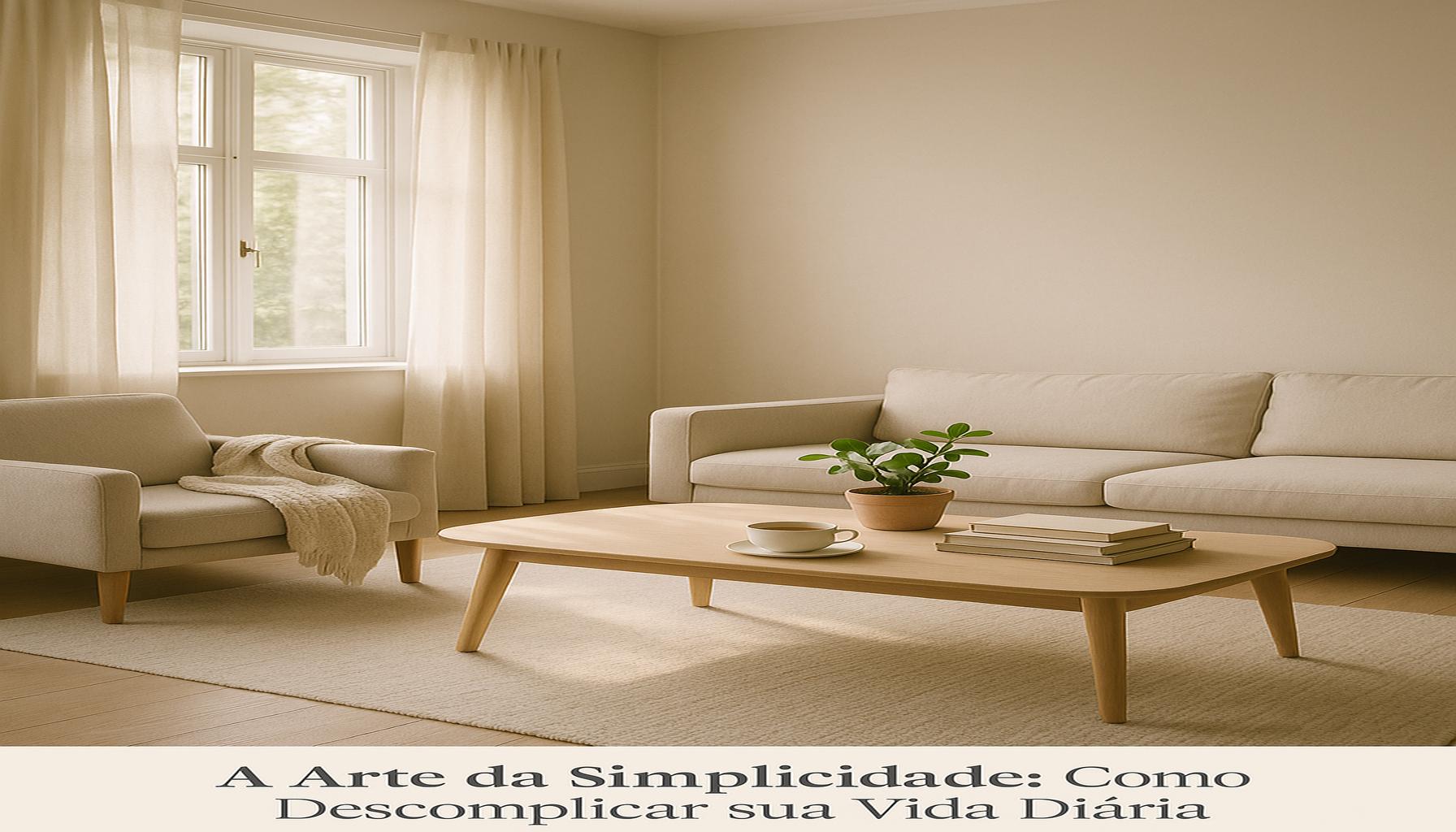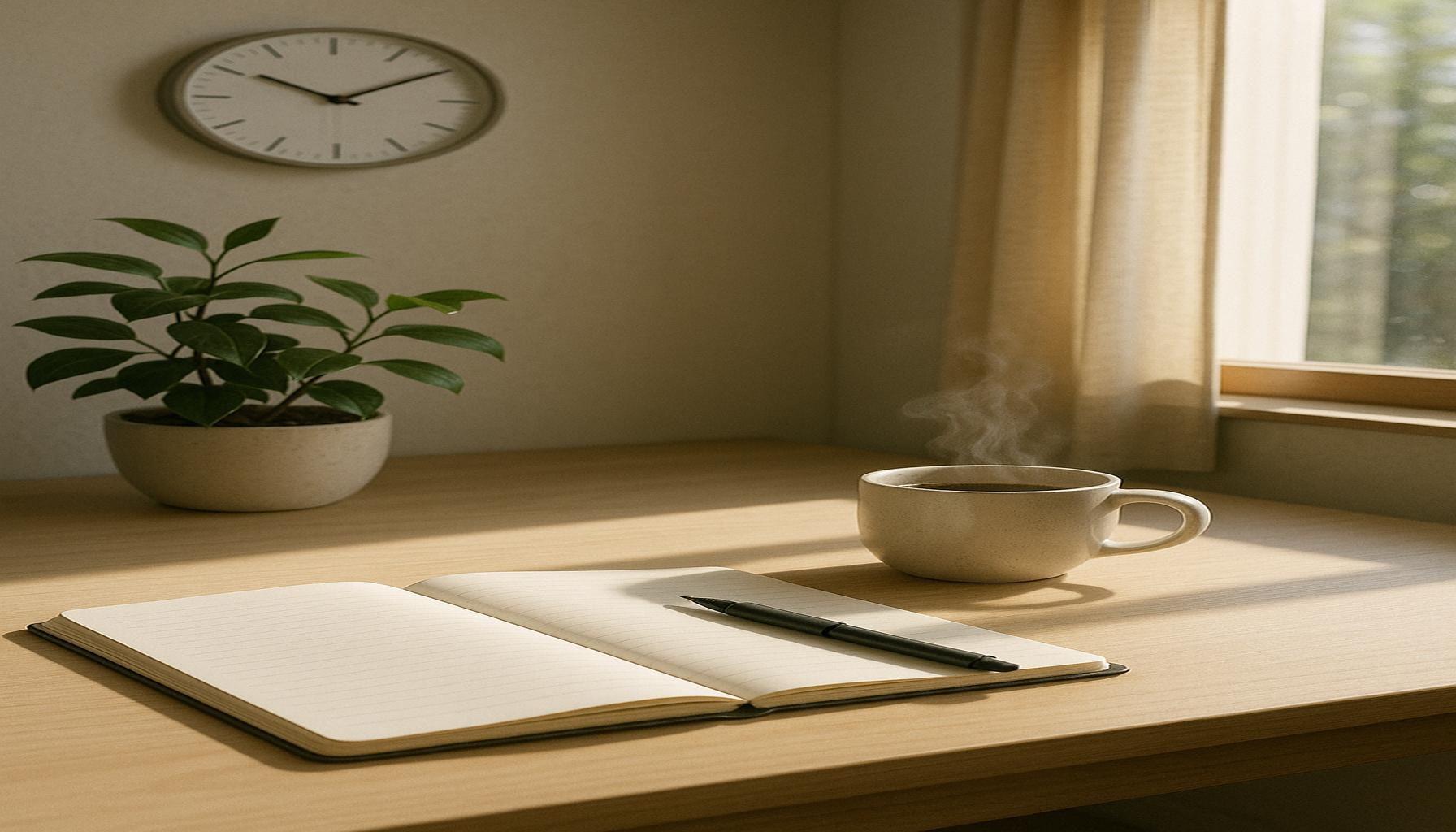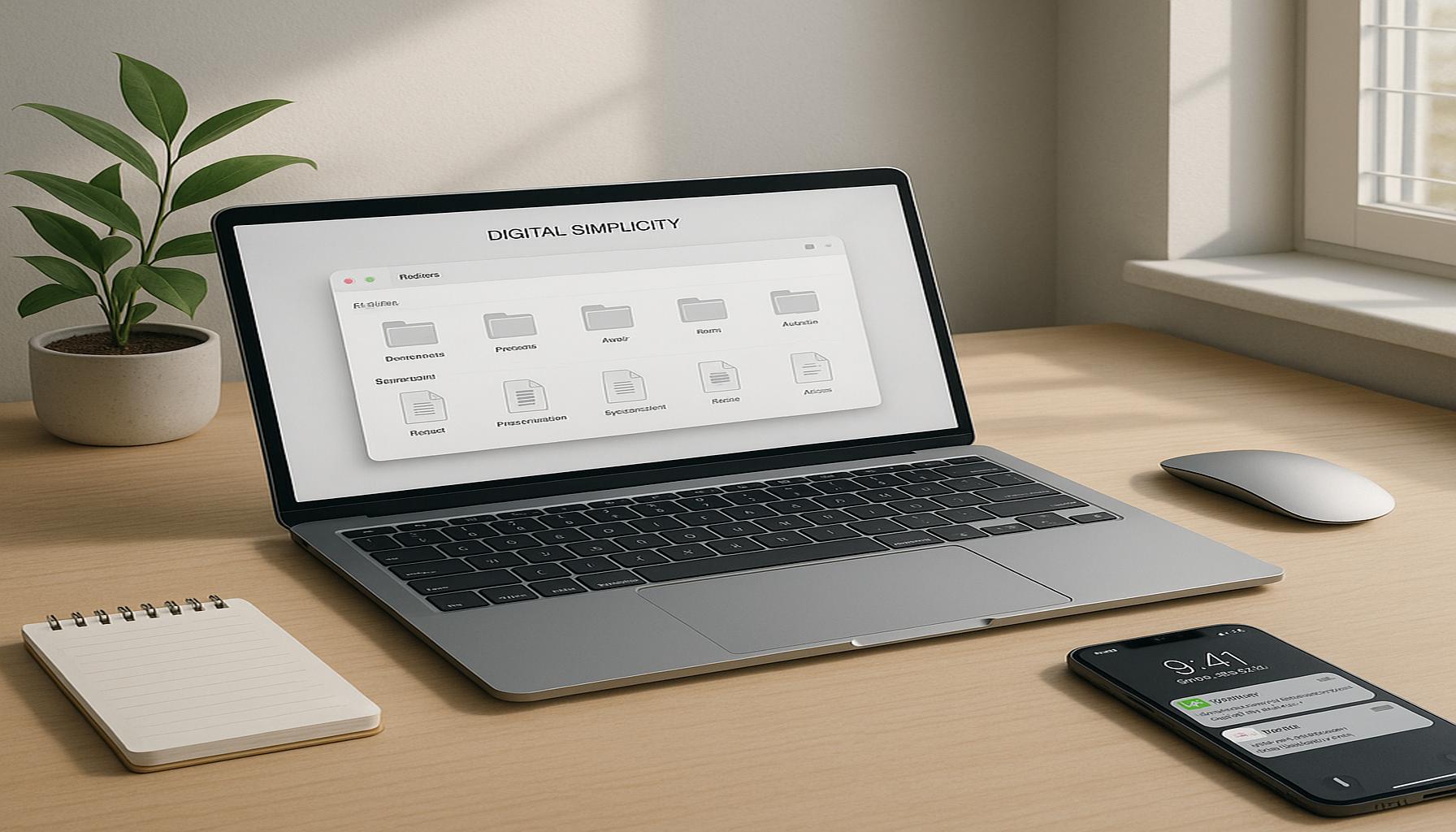Simplicity in Personal Organization: Strategies for a Minimalist and Efficient Workspace
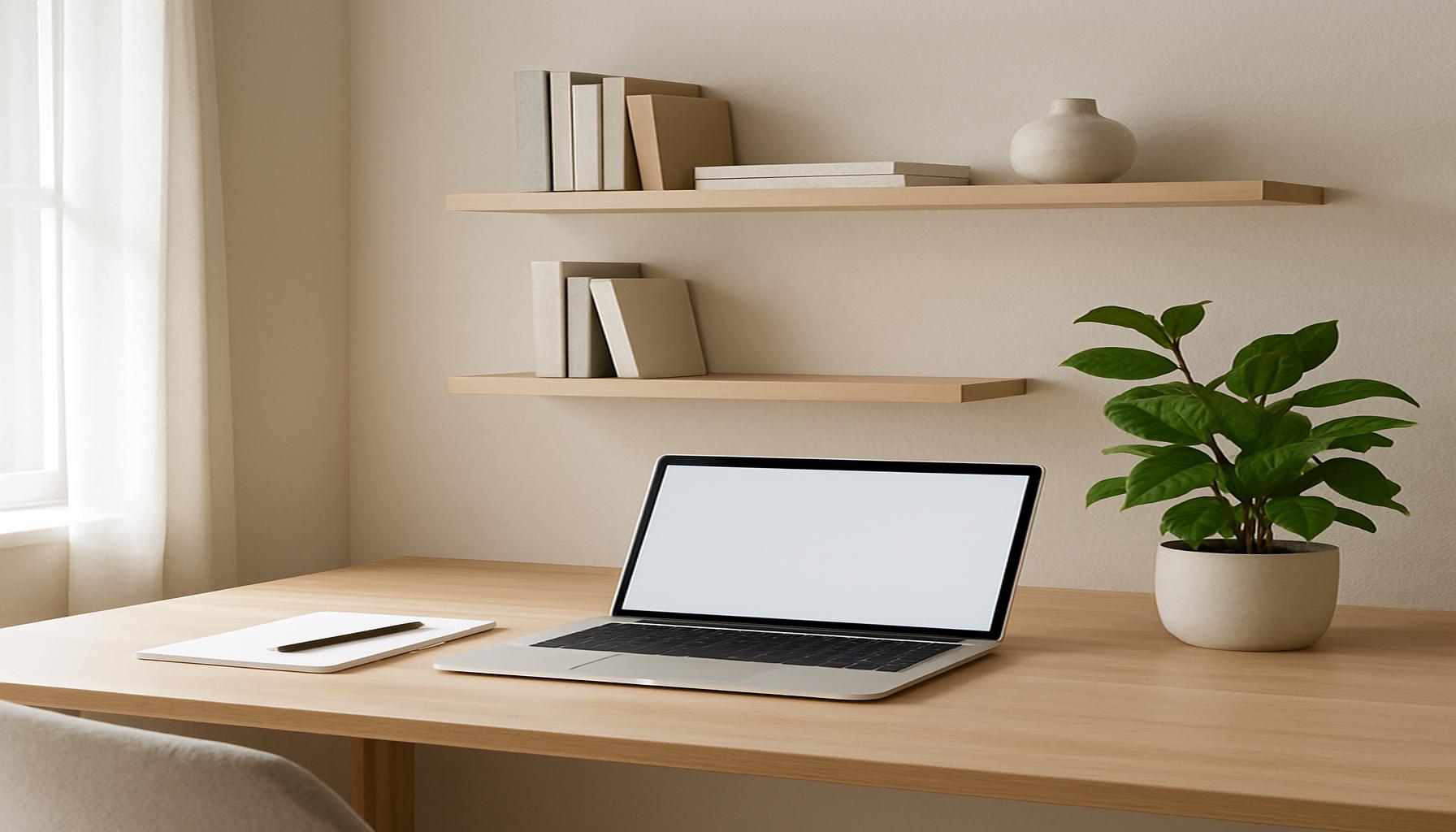
In a world where multitasking and constant connectivity are the norms, maintaining an effective workspace has become increasingly crucial. A disorganized environment often leads to feelings of overwhelm and frustration, hindering your ability to think clearly and work productively. A workspace that embraces simplicity not only reduces visual distractions but also helps individuals harness their creativity and efficiency.
Why Choose Minimalism?
The principle of minimalism can vastly improve not just how you work, but how you feel about your work. The connection between minimalistic environments and enhanced productivity is well-documented. Here are a few compelling reasons to consider adopting a minimalist approach:
- Reduces Distractions: When your desk is clutter-free, your mind can focus more easily. Research shows that individuals tend to be overwhelmed by too many visual stimuli, resulting in lower concentration levels. By eliminating items that are not essential to your work, you can create a serene atmosphere conducive to deep thinking.
- Enhances Creativity: A clear workspace can act as a blank canvas. For instance, a study by the University of Minnesota found that working in an organized environment can encourage original thinking and innovation. The absence of visual clutter allows for cognitive resources to be allocated to creative processes instead.
- Improves Time Management: Minimalism in your workspace often translates to improved organization. An efficient setup allows you to locate necessary tools and documents swiftly, saving precious time. For example, using drawer organizers could help you quickly access pens, notepads, and essential gadgets without digging through chaos.
Key Strategies for a Minimalist Workspace
Transitioning to a minimalist workspace involves more than just tossing items in the trash; it requires a thoughtful approach. Consider these practical strategies to create an environment that feels both open and functional:
- Declutter Regularly: Make it a routine. Set aside a few minutes at the end of each week dedicated to sorting through your workspace. Toss items you don’t need and reorganize what remains. This habit can prevent clutter from building up over time.
- Optimize Your Layout: The arrangement of your workspace can significantly influence your productivity. Position essential items within arm’s reach and ensure that you have ample space to work comfortably. For example, a U-shaped desk can facilitate an organized workflow, allowing for easy transitions between tasks.
- Prioritize Essential Tools: Identify the tools you truly need to excel at your tasks. For instance, if you find a drawer full of unused gadgets or expired office supplies, it might be time to clear them out. Keep only those items that inspire you or enhance your work quality. This prioritization can lead to increased satisfaction and efficiency at work.
Embracing minimalism in your workspace is not just about creating a visually appealing environment; it fosters a mindset that values intention and purpose. As you delve into the principles of personal organization, you can transform not only how you work but also how you experience your workday. The journey toward an effective workspace is one that can yield immeasurable returns in productivity, creativity, and overall happiness. As you refine your organizational strategies, you might discover that simplicity truly is the ultimate sophistication.
DIVE DEEPER: Click here for more insights
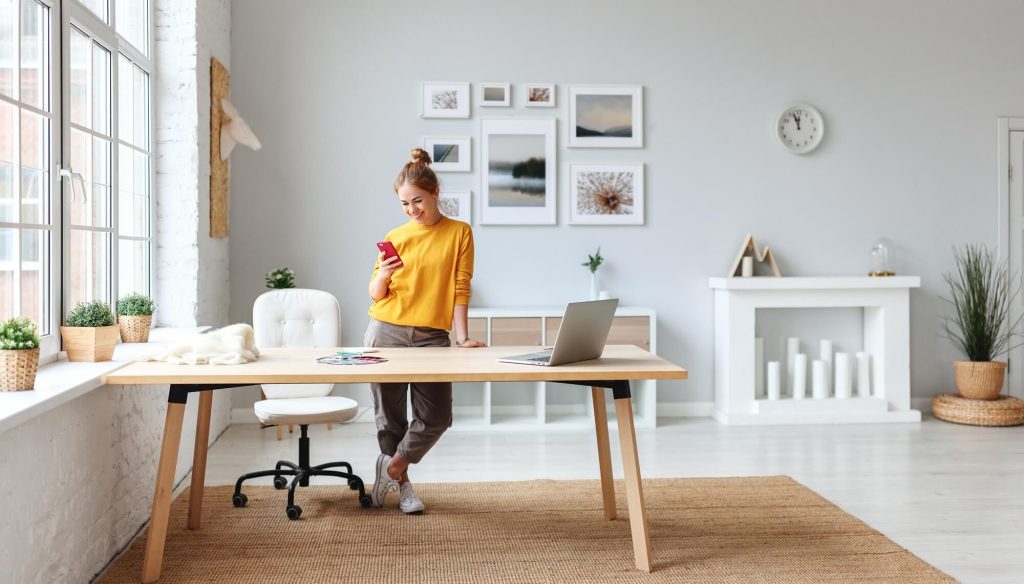
Understanding the Impact of a Minimalist Workspace
A minimalist workspace is not just about aesthetics; it profoundly influences productivity and mental well-being. The clutter that often accumulates in our work environments can significantly detract from our focus and efficiency. Studies have shown that visual chaos can impair cognitive function, leading to increased stress levels and decreased performance. By adopting a minimalist approach, you are effectively giving your mind the freedom to operate at its best, unencumbered by distractions.
The Psychological Benefits of Minimalism
Beyond just enhancing productivity, simplifying your workspace can bring psychological benefits that pave the way for a more fulfilling work experience. The psychological principle of cognitive load theory indicates that our brains have limited capacity for processing information. The more clutter around us, the more our minds become overloaded, leading to burnout and anxiety. Here are several psychological benefits linked to a minimalist workspace:
- Enhanced Focus: When your environment reflects clarity, your ability to concentrate increases. A study published in the Journal of Environmental Psychology found that individuals working in organized spaces completed tasks more efficiently compared to those in cluttered environments.
- Reduced Stress: A clean and orderly workspace promotes a greater sense of control and calmness. Research indicates that workplaces devoid of excess clutter can lead to lower levels of anxiety and stress among employees, contributing to a healthier work-life balance.
- Increased Motivation: An organized workspace is often a source of inspiration. Professionals frequently report feeling more motivated and committed to their work when they operate in a tailor-made environment that resonates with comfort and simplicity.
Effectively Implementing Minimalist Practices
Transitioning your workspace into a minimalist haven requires intentional effort and consistency. Implementing minimalist practices can be broken down into manageable steps, ensuring a more seamless transformation. Here are key methods to successfully initiate this transition:
- Evaluate Your Space: Start by taking an inventory of your workspace. Analyze what items are necessary for your daily tasks and identify those that are superfluous. A week-long experiment of removing items can help to clarify what you truly need.
- Incorporate Multifunctional Furniture: Consider investing in pieces that serve multiple purposes, such as desks with built-in storage. This allows for ample surface space while keeping supplies neatly tucked away and out of sight.
- Establish an Organizational System: Once you’ve decluttered, set up an organizational system that works for you. This can include color-coded folders for documents, labeled storage containers for supplies, or a digital organizing tool to keep your tasks in check. An organized system not only looks great but also enhances workflow efficiency.
By embracing these principles of simplicity and organization, you can cultivate an environment that not only addresses your professional needs but also nurtures your personal growth. The journey to a minimalist and efficient workspace is about prioritizing what truly matters, allowing for a clearer path to success in both your work endeavors and daily interactions.
| Advantage | Description |
|---|---|
| Reduced Clutter | A minimalist workspace promotes clarity and focus by eliminating unnecessary items, which can be overwhelming and distracting. |
| Enhanced Productivity | Implementing efficient organization strategies can streamline workflows, allowing individuals to accomplish more in less time, thereby fostering a more productive environment. |
Creating an environment that emphasizes simplicity in personal organization can drastically shift how tasks are approached. A significant advantage of a minimalist workspace is the reduction of visual clutter, which allows for greater focus on priorities. Without the distraction of unneeded items, concentration can sharpen, yielding better results.Moreover, enhanced productivity follows naturally from these organizational strategies. By prioritizing essential tools and resources, individuals can streamline their workflows and pursue efficiency in their daily activities. This combination of reduced clutter and increased productivity helps cultivate a workspace that is not only aesthetically appealing but also conducive to achieving goals effectively.When one embraces the essence of simplicity in personal organization, it becomes easier to navigate complex tasks and achieve a harmonious balance between work and inspiration, ultimately leading to a more fulfilling professional experience.
DISCOVER MORE: Click here to enhance your efficiency
Practical Tips for Maintaining a Minimalist Workspace
Achieving a minimalist workspace is only half the battle; maintaining it is where the true challenge lies. Once you’ve created an organized haven, it’s essential to implement routines and habits that will help you sustain that sense of order. Here are several practical tips for keeping your workspace clutter-free and efficiently organized:
Adopt the One-In, One-Out Rule
The process of decluttering doesn’t stop once your workspace is organized. To keep that clarity, adopt the one-in, one-out rule: for every new item introduced into your workspace—be it a notepad, pen, or gadget—ensure that an existing item is removed. This practice not only prevents accumulation but also forces you to critically assess the utility of the things you own. Over time, this approach can lead to a workspace that is consistently neat and aligned with your professional objectives.
Regular Maintenance Schedule
Integrating a regular maintenance schedule into your routine can dramatically ease the burden of disorganization. Set aside 10-15 minutes at the end of each day or week to tidy up your workspace. Use this time to clear unnecessary papers, organize digital files, and reassess your organizational systems. This ritual, whether it’s a Friday afternoon clean-up or a Sunday prep session, can become a valuable part of your workflow, ensuring that your workspace doesn’t revert to chaos.
Embrace Digital Organization Tools
In an increasingly digital world, leveraging technology to streamline your tasks can significantly enhance your minimalist workspace. Tools like Trello, Notion, or Evernote allow you to manage your projects and tasks without the need for excessive physical materials. Go paperless by digitizing documents and using cloud services like Google Drive or Dropbox for easy access and sharing. Adopting a digital-first approach means reducing both physical clutter and the mental burden that comes from keeping track of numerous files.
Streamline Your Supplies
Having a multitude of supplies can contribute to disorganization. To counteract this, consider limiting yourself to the essentials. Choose a select number of high-quality items that fulfill your needs, such as a few trusted pens, a single sketch pad, or specific tools relevant to your tasks. This not only promotes a cleaner workspace but can also enhance creativity, as you’re less distracted by excess options. Furthermore, when you use quality over quantity, you often find that these items serve you better than cheaper alternatives.
Utilize Vertical Space
Maximizing the space around you can also contribute to maintaining a minimalist look. Vertical organizers, wall-mounted shelves, or pegboards can be fantastic solutions for stowing away supplies while still keeping them accessible. This approach allows for a more open work surface while keeping everything you might need within reach. Plus, decorating these vertical spaces with a few potted plants or inspiring quotes can lend a personal touch to your workspace without compromising its minimalist ethos.
Encourage Mindfulness in Your Work Practices
Lastly, embracing a mindset of mindfulness can further bolster your minimalist workspace. This involves being deliberate about how you interact with your environment and focusing on the tasks at hand without distraction. Practicing mindfulness can lead to improved focus and productivity as you become more aware of your clutter and its impact on your work habits. Consider incorporating brief moments of reflection or even meditation into your daily routine to sharpen this awareness.
By implementing these practical strategies, you will not only enhance the functionality of your workspace but also cultivate an environment that aligns with your goals and nurtures your creativity. The path to a truly minimalist and efficient workspace is a continuous journey, one that will require your dedication and commitment to simplicity.
DISCOVER MORE: Click here to enhance your productivity
Conclusion: Embracing the Power of Simplicity
In an age where we are bombarded by distractions and overwhelming choices, simplifying personal organization is more crucial than ever. Establishing a minimalist and efficient workspace is not merely an aesthetic choice; it has profound implications for our productivity, creativity, and overall well-being. By streamlining your workspace and adopting mindful practices, you create an environment that encourages focus and clarity, allowing you to pursue your professional goals more effectively.
The strategies discussed—such as implementing the one-in, one-out rule, setting up regular maintenance schedules, and utilizing digital organization tools—are practical steps that can lead to lasting change. These approaches help not only in maintaining a clean physical space but also in cultivating a mindset that values simplicity and efficiency.
As you embark on this journey towards a minimalist workspace, consider the additional psychological benefits it may bring. A decluttered space often translates to a decluttered mind, enabling you to engage more deeply with your tasks. Remember, the process of simplification is continuous; it requires regular reflection and adjustment to ensure that your workspace meets your personal and professional needs.
Ultimately, a minimalist workspace is about more than just reducing clutter; it’s about enhancing your way of working and living. By prioritizing simplicity, you open yourself up to greater creativity, increased productivity, and a more fulfilling work experience. Embrace these principles, and discover how a streamlined approach to your workspace can transform not just your productivity but your entire mindset.
